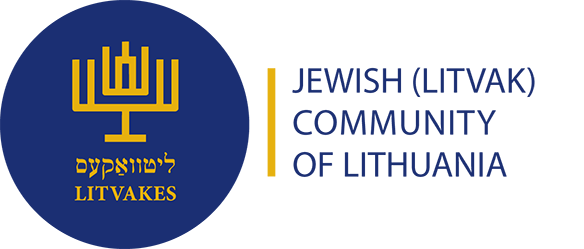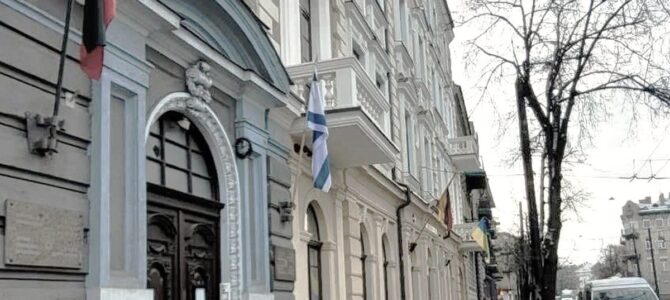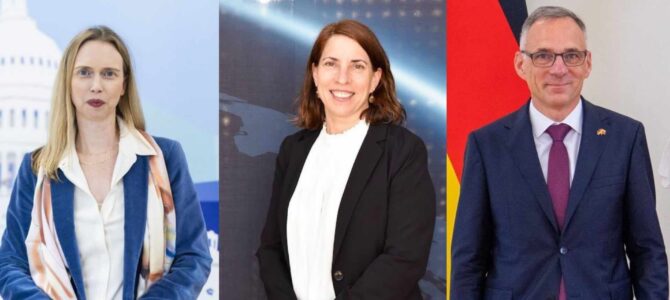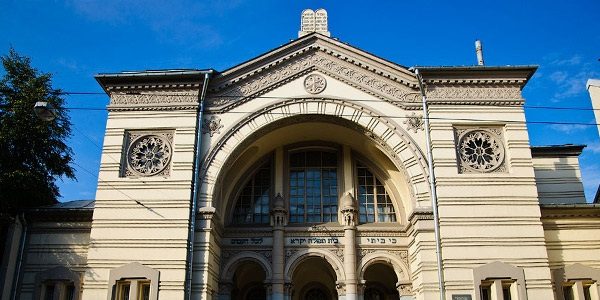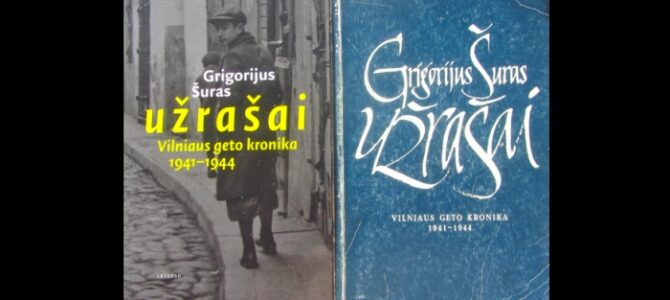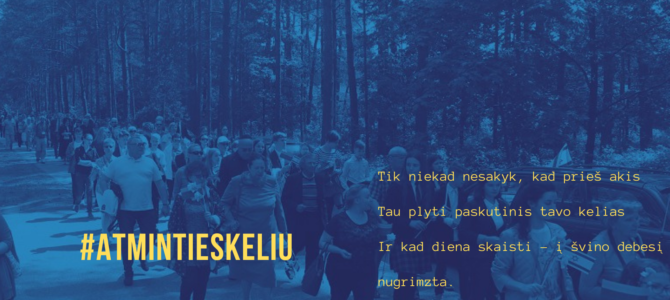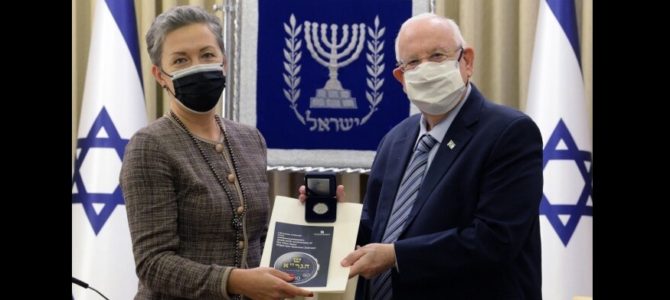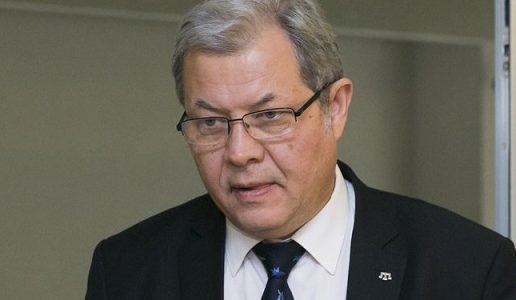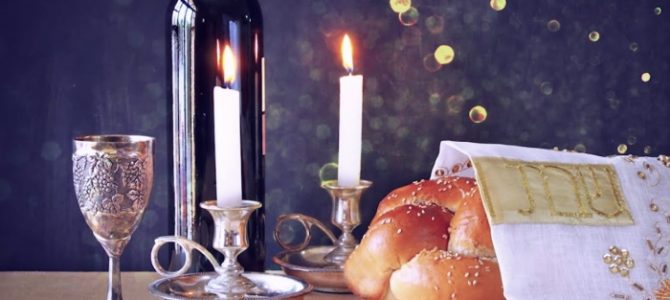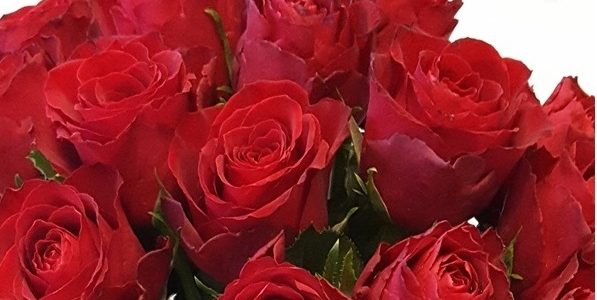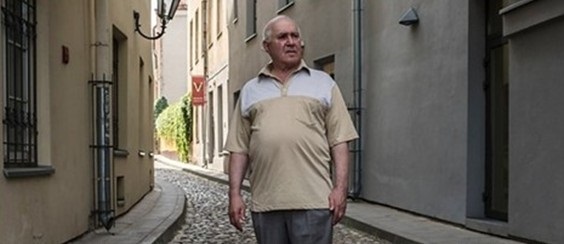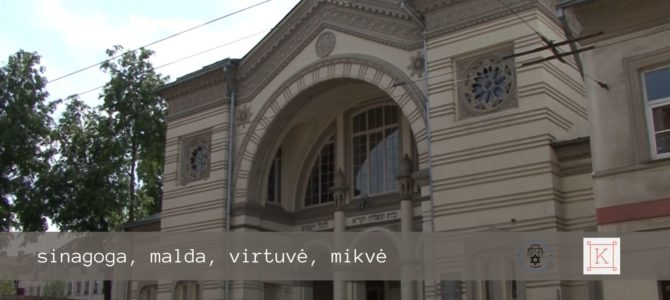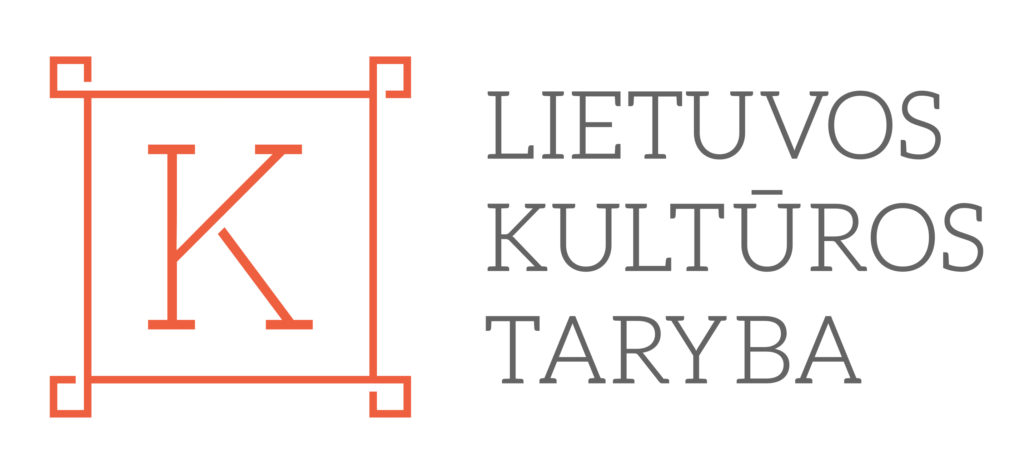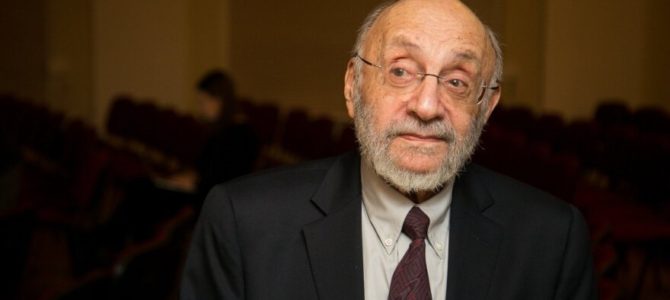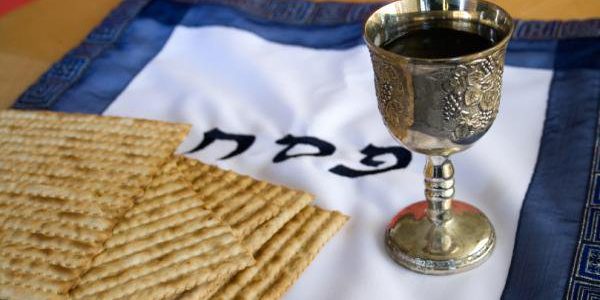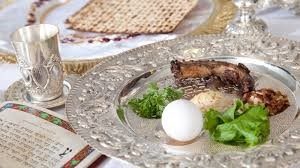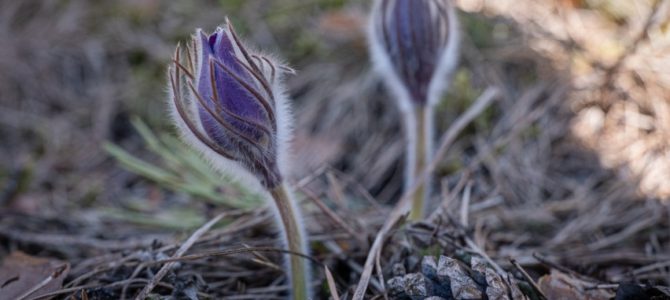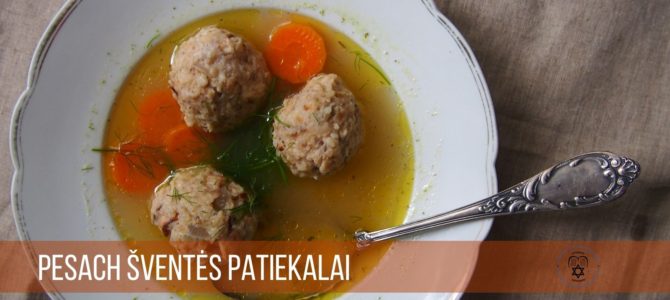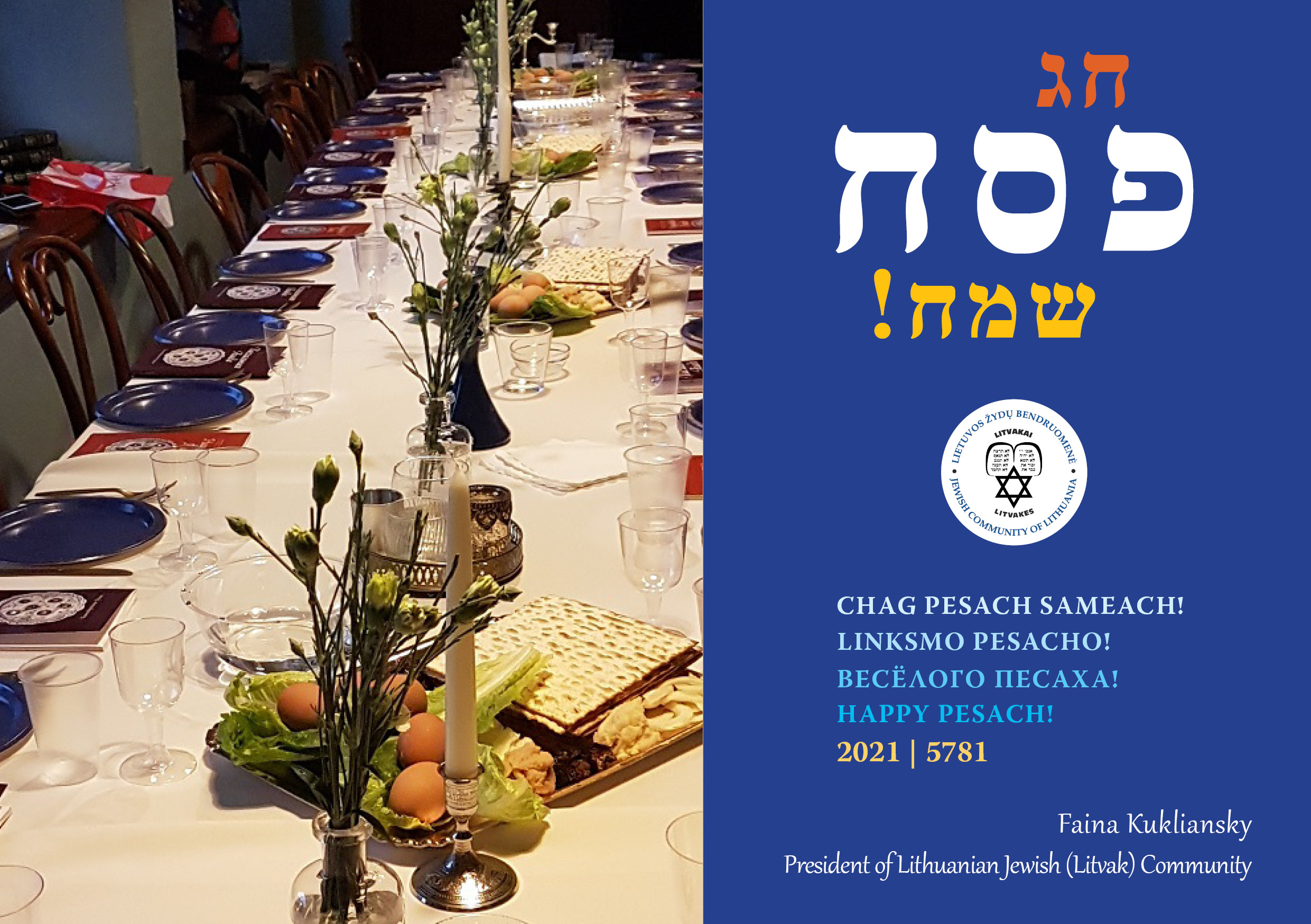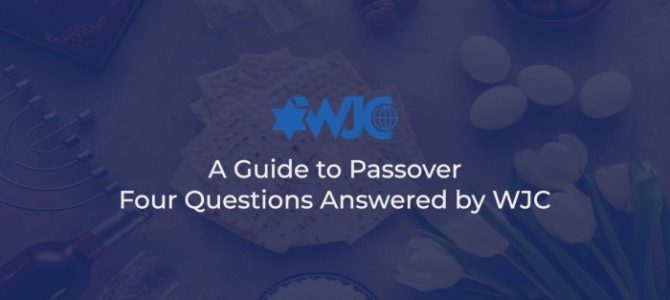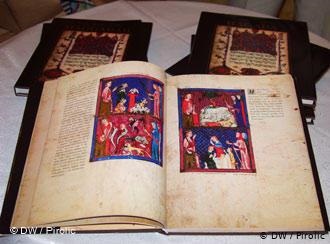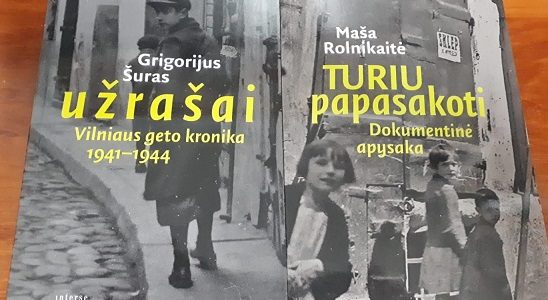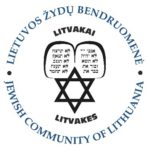
Press Release
April 7, 2021
Vilnius
Symbolic Commemoration of Holocaust Victims at Ponar
A symbolic ceremony to honor victims of the Holocaust will take place at 12 noon on April 8, Yom haShoa, the Israeli Day of Remembrance of Holocaust Victims and Heroes, at the Ponar Memorial Complex outside Vilnius. Adhering to all safety requirements, members of the Lithuanian Jewish Community, diplomats and surviving Vilnius ghetto prisoners will place stones and flowers at monuments and the mass graves and the cantor will perform kaddish, a prayer for the dead.
“The March of the Living traditionally took place on this occasion, repeating the final march of those condemned to death from the railroad station to the Ponar Memorial Complex, but due to the pandemic situation, this year this won’t be a mass commemoration. Only a few of us are gathering, carrying out the responsibility to preserve and pass on to future generations the memory of the Holocaust. This year is the 80th anniversary of the beginning of the Holocaust in Lithuania, after all. With us today is an eye-witness to those horrific events, Kaunas ghetto inmate Dovydas Leibzonas,” Lithuanian Jewish Community chairwoman Faina Kukliansky said.













